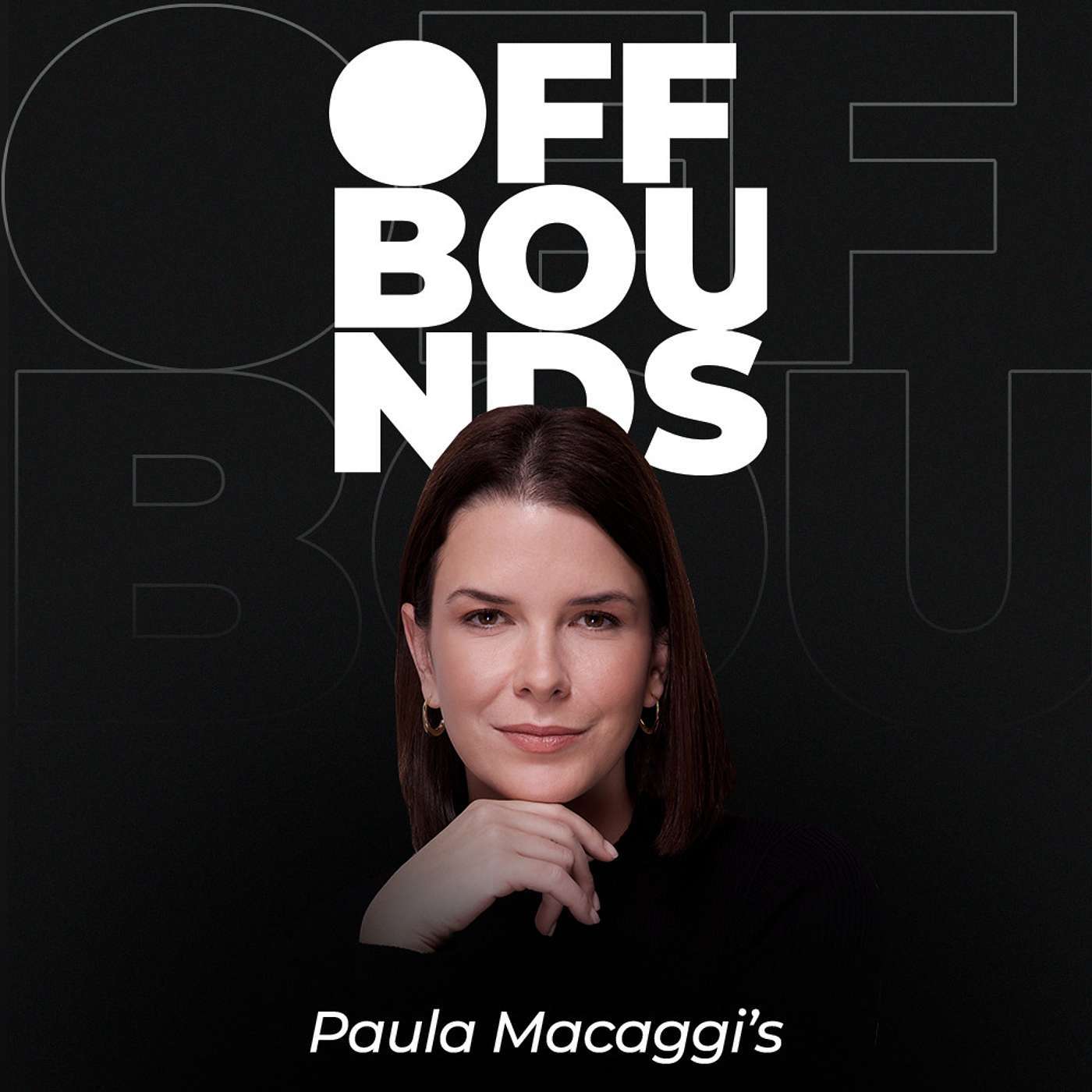
Pricing Heroes: The Retail Pricing Podcast for Practitioners & Executives
Pricing Heroes: The Best Retail Pricing Podcast for Practitioners and Executives
Your go-to pricing podcast for transforming strategy, boosting margins, and leading with confidence.
Pricing Heroes is the leading retail pricing podcast for pricing practitioners and retail executives focused on building smarter strategies, protecting margins, and earning customer trust. Each month, we feature exclusive interviews, case studies, and practical insights to help you implement the most effective pricing strategies for today’s retail environment.
Whether you're managing promotional calendars, navigating price perception, or scaling AI-powered pricing systems, Pricing Heroes offers the expert guidance and real-world perspective you need to lead with confidence.
🎙 Each episode includes:
- Expert Interviews: Candid conversations with top pricing professionals and retail innovators
- Case Study Analysis: Behind-the-scenes strategy breakdowns from across the industry
- Actionable Takeaways: Practical insights you can apply immediately in your organization
We explore the full landscape of pricing in retail — spanning e-commerce and in-store, global brands and regional players, and categories from fashion and grocery to electronics and beyond. Topics include:
- Innovative pricing technologies and emerging trends, like AI-powered pricing platforms
- Data-driven consumer behavior analysis
- Strategic solutions to complex pricing challenges
- Tactics to boost profit margins and market share
- Pricing topics making headline news
- Building and transforming pricing functions
Join a growing community of pricing professionals and industry leaders who tune into Pricing Heroes — the trusted pricing podcast for anyone shaping the future of retail strategy.
🗓 New episodes drop the last week of every month.
📲 Listen on Spotify, Apple Podcasts, Google Podcasts, or your favorite platform.
Sponsored by Competera — the leading pricing platform empowering retailers with AI-driven, customer-centric pricing solutions that maximize profitability while strengthening customer loyalty.
Pricing Heroes: The Retail Pricing Podcast for Practitioners & Executives
From Legacy to AI: Johan Karlsson's Journey as a Pricing Analyst in Retail
Out today's guest is Johan Karlsson, a pricing analyst at Clas Ohlson.
Embark on a thrilling journey with Johan Karlsson as he reveals the secrets of the retail pricing world.
Discover how his childhood fascination with pricing at his parents' gas station ignited a passion that led him straight into this exciting field.
From legacy approaches to cutting-edge AI solutions, Johan's insights will captivate and inspire you to unravel the mysteries behind setting the perfect price tags, making this episode a must-listen for anyone intrigued by the art and science of pricing in retail.
----------
Get your free copy of Get Ready for the Future Of Pricing with our A-Z Guide.
For more information about AI pricing solutions, check out our Corporate sponsor Competera.ai.
Olena: Hello and welcome to the Pricing Heroes Podcast by Competera. This is a series of interviews with the best-in-class retail pricing experts driving their company's bottom-line metrics and the retail industry as a whole. Our guest today is Johan Karlsson, Pricing Analyst at one of Sweden's biggest home retailers, Clas Ohlson.
Hello Johan, and I'm really happy to have you here today.
Johan: Hello Olena, and I'm very happy and pleased to be here today with you.
Olena: Great. So I guess we'll start right away. I think it would be nice if, first of all, you just tell our listeners more about yourself, and then I'll deep dive with my first question to you.
Johan: Yeah, for sure. Thank you. As you said, I'm a Pricing Analyst at Clas Ohlson, which is one of Sweden's biggest home retail companies, and we operate in three different markets. A little bit of background about myself: I have been active in the pricing world for almost two years now, so quite new in the area, so to say.
But pricing has always been a big part of my interest in life because my parents used to run a gas station in my home village when I was a kid. So my interest started already there because I remember from time to time, me and my father, we used to go around in the car and write down the prices of the competitors of the gas station.
So it was very old-school pricing. I really started to get interested in pricing back then. And then my father and I tried to match or even beat the competitors in order to attract customers to his gas station.
Olena: It’s a very interesting approach to competitive data crawling. You know, that’s where we all started, I guess.
Johan: Yeah. Very old-school. And another thing that I remember from that time was thinking and saying to my father, “Oh, you are so expensive on soda and milk and bread. How come, when the grocery store just down the street is so much cheaper?” I remember his answer so clearly.
He said, “You need to understand that people who come to a gas station and buy a drink don’t really care about the price. They’re on their way to work or home from work, and they just need something quick. They don’t even look at the price.” That really showed me the significance of what pricing can do.
Olena: Definitely. And it’s basically one of those factors that you use for pricing, I guess. Because lately we were having a lot of conversations with retailers about what factors they take into account while setting prices. And you mentioned the gas station — we had a really interesting case recently with a gas station taking into account weather conditions as a factor for pricing.
So you’re so right about the majority of factors that can influence customer sentiment and buying decisions.
Johan: That was an early learning for me, and I think it’s even more clear for me now when I’ve been working with prices. My father was right in having slightly more expensive sodas than the grocery stores.
Olena: But now you can help him with the pricing strategy, I guess.
Johan: For sure.
Olena: So basically, I just answered my first question because it was about what inspired you to pursue this career. That question came from my general knowledge that usually not a lot of specialists go straight into pricing. Usually, they develop from other careers, either in e-commerce or other spheres.
But you are an example of going straight into the field.
Johan: Yeah, you usually hear that when you speak with other pricing colleagues. People often get into pricing by coincidence or because no one else was there to do the job. So they handled the pricing strategy for the company, and it went on from there.
But I think I’m in the generation where pricing analyst roles have become more and more of a — I’m not going to call it a “real job” — but a recognized profession from the start.
Olena: So being a Pricing Analyst from the beginning and working in one of the biggest European retailers, Clas Ohlson, can you share some of the pricing challenges you face in your position and maybe some of the strategies that you implement to overcome them?
I mean, the market is so competitive. There are so many challenges right now: inflation, and we’re just recovering from COVID. So what are the challenges and how have you overcome them?
Johan: Yeah. The list of challenges in today’s market can be very long. As you said, we just lived through the COVID-19 pandemic, and then we have the war in Ukraine, high energy prices, inflation — all of which are connected.
From the first day that I started as a Pricing Analyst at Clas Ohlson, we’ve been in more or less of a crisis situation, needing to act differently than you usually would as a pricing strategist. One of the biggest challenges when I started was the increase in freight costs, together with big inflation. There’s a fine line in how aggressive you can be and how much you can pass on to the customer.
So it was a fine balance to perform those kinds of price adjustments in the beginning.
Olena: Mm-hmm. And you just mentioned that there was price pressure you had to put on customers. Was there any way you communicated with consumers, or was that not part of your strategy?
Johan: We have very good communication through our fantastic customer service and personnel in our stores, who communicate our message to the customers. And I think there is an awareness in the market today that prices are increasing, which makes it easier for customers to accept those increases.
All the newspapers are talking about inflation and price increases, so I don’t think it came as a surprise for customers when we raised prices.
Olena: Definitely. I’m asking because I’ve heard that not only increasing prices is important — that’s inevitable right now — but also communicating about it makes customers more loyal. Then the customer sticks with you, and you just proved that here.
Johan: Yeah, I agree. Transparency is very important when working with prices. Customers appreciate when you’re very honest and transparent about needing to increase prices. So you are 100% correct there.
Olena: Even in B2C business, it’s still person-to-person, as I like to call it. That’s how you build relationships. Sorry, that’s my PR side speaking here.
Johan: Yeah, no, of course. You’re right.
Olena: And if we’re speaking about the rise of e-commerce and online marketplaces, how do you think AI pricing solutions can help retailers to stay competitive and profitable?
Johan: For AI solutions, I believe right now the sky is the limit. As human beings, we’re glad to try to forecast the future of AI and other technologies, but we usually fail when trying to predict the future in terms of technology.
But if we are talking about the solutions that exist today in the market, there are many ways AI can support your team. One is finding out the price elasticity of products, and also competition elasticity — what happens to sales when you increase the price, and what happens when you decrease it. That’s a very important factor to take into account when pricing.
Olena: Definitely. We were just back from a conference in Sweden where we introduced our solution. We got quite a lot of surprised reactions, because there’s still not that much awareness in the retail market.
People are starting to talk, but I think it’s still not enough. Quite a lot of the repetitive work that used to be done by humans is now handled by AI, and people are left to make more thoughtful decisions.
Johan: Yeah, I agree. It definitely leaves more room for the fun work — analyzing and optimizing your pricing strategy instead of doing a lot of manual calculations with big datasets.
Another fun thought I’ve had is how AI could help with forecasting weather to take that into account when setting prices. The home retail business is very driven by weather. If it’s sunny, more customers go out and shop. If it’s raining, people may come in needing umbrellas — so maybe you adjust umbrella prices. It leaves a lot of possibilities.
Olena: Definitely. That’s something I touched upon with one of your colleagues in a previous podcast. By the way, if you haven’t listened to that, go check out our podcast with Johannes. We talked about smart homes and rising demand in Nordic countries, which can also be connected to weather.
But speaking about factors, and that’s actually my next question: what are the most important factors you consider when setting prices? Do you take into account only the basics like competitor prices and customer behavior, or something else?
Johan: I think the most important factor to consider when setting prices is the customer’s willingness to pay. It’s also one of the hardest to measure, since there are so many different factors involved.
Of course, competitor prices are also a factor we look at, especially in the retail market we’re in. Our competitors sell a lot of the exact same products we do, so it’s very important to be competitive on those prices. And we also have to consider vendor costs — how much it costs us to produce, ship, and so on.
Olena: Definitely. That’s where your personal relationships with vendors can come into play. It’s such a subtle art of setting the price, and I’m really happy we can drive more awareness to it because not a lot of people understand what’s behind the little price tag they see in stores every day.
And speaking about your career once again — maybe there is some advice you can give to people who are thinking of pursuing a career in pricing, starting right from university, not switching from another path but starting directly in pricing. What would be your top three pieces of advice?
Johan: Hmm, very good question. Thank you. My number one advice for newcomers in pricing is to learn the importance of communication with other departments in the company.
Usually, big retail companies have long histories of established ways of working. You really need to learn those in order to communicate effectively and get your message across. So knowing how to communicate is the first, and maybe the most important, thing you should take with you when starting a pricing career. You usually face a lot of opposition to your ideas at the beginning.
It’s quite hard actually to give three pieces of advice since I’m still quite new…
Olena: You’re just refreshing the memories — and that’s a big advantage here. I’m really excited to speak with you because you have firsthand experience of what it’s like starting in pricing. I remember when I was starting my career in communications, I really wanted someone who was going through it at the same time.
Soft skills are so important. I agree with you 100% here. We emphasize it in every podcast: change management and knowing how to communicate your strategy is really important.
And here comes the last question: what literature, media, or podcasts do you recommend about pricing and retail? What do you consume yourself and recommend to colleagues?
Johan: If I’m not recommending this fantastic podcast, Pricing Heroes — no, but seriously, I’m a big consumer of podcasts in general. One pricing podcast I’ve found interesting is the Impact Pricing Podcast with Mark Stiving, which highlights the importance of value-based pricing and teaches you how to win more business with a higher price.
In terms of books, I’d recommend Pricing for Profit by Peter Hill, which debunks many pricing myths you may face in your career. It helped me a lot as a newcomer in pricing to face day-to-day arguments and discussions. So that’s a book I really recommend, especially for newcomers.
Olena: Definitely. I can relate to both. Impact Pricing is one of my favorites as well. Shout out and kudos to Mark for what he does — I’ll definitely tag him on this podcast.
Alright, I think I’m out of questions. Thank you for this super insightful and fresh conversation. Thank you for being with me today.
Johan: Thank you a lot, Olena. Thank you for having me. Very happy to be here.
Olena: Thank you for joining us on the Pricing Heroes Podcast. To dive deeper into end-to-end pricing transformation and elasticity-based pricing, head over to competera.net for a wealth of knowledge and insights.
And don’t forget to subscribe to the Pricing Heroes Podcast for regular episodes that unravel the secrets of the retail pricing world.
Podcasts we love
Check out these other fine podcasts recommended by us, not an algorithm.

Pricing Evolution Podcast
Brendan Hodge
Impact Pricing
Mark Stiving, Ph.D.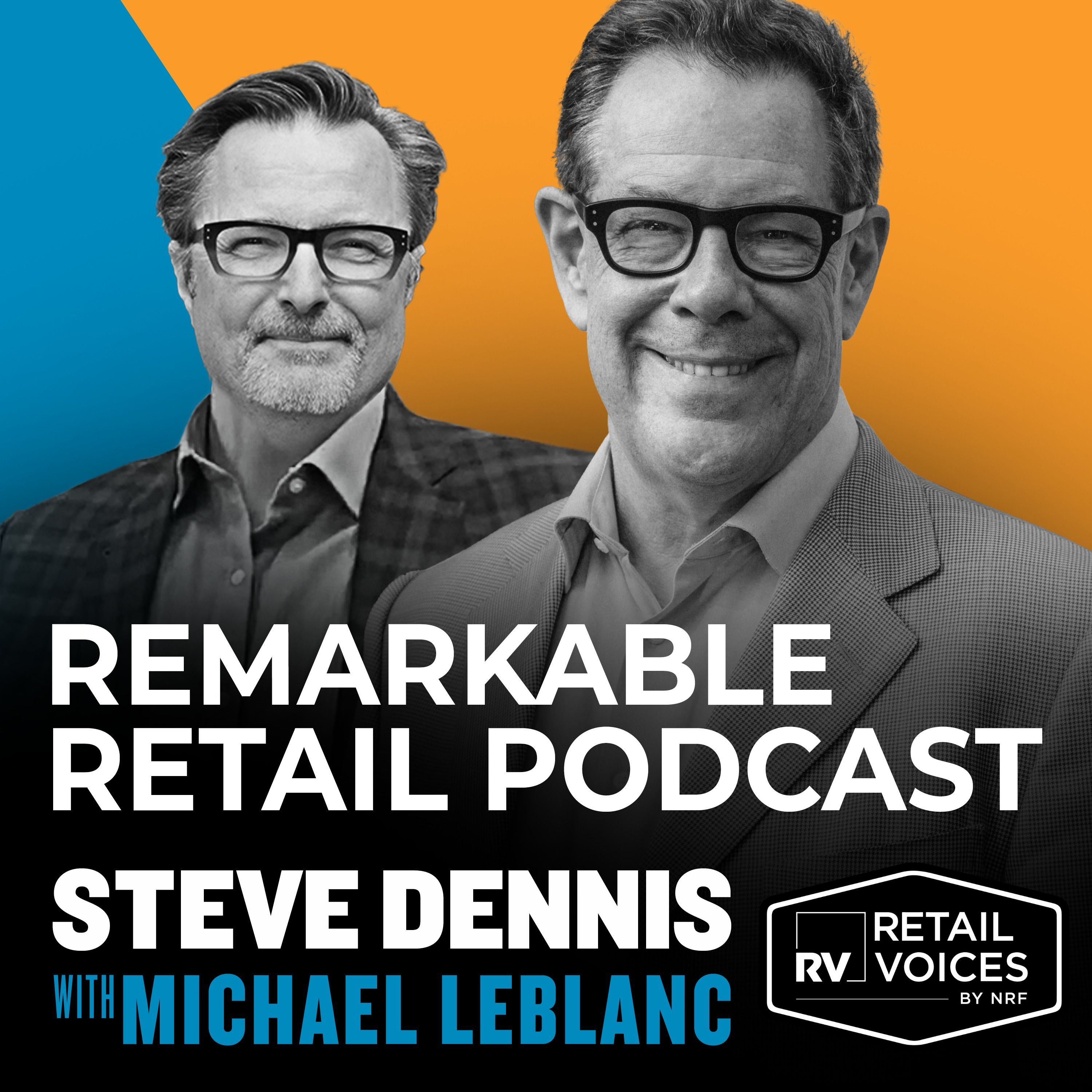
Remarkable Retail Podcast
Michael LeBlanc, Steve Dennis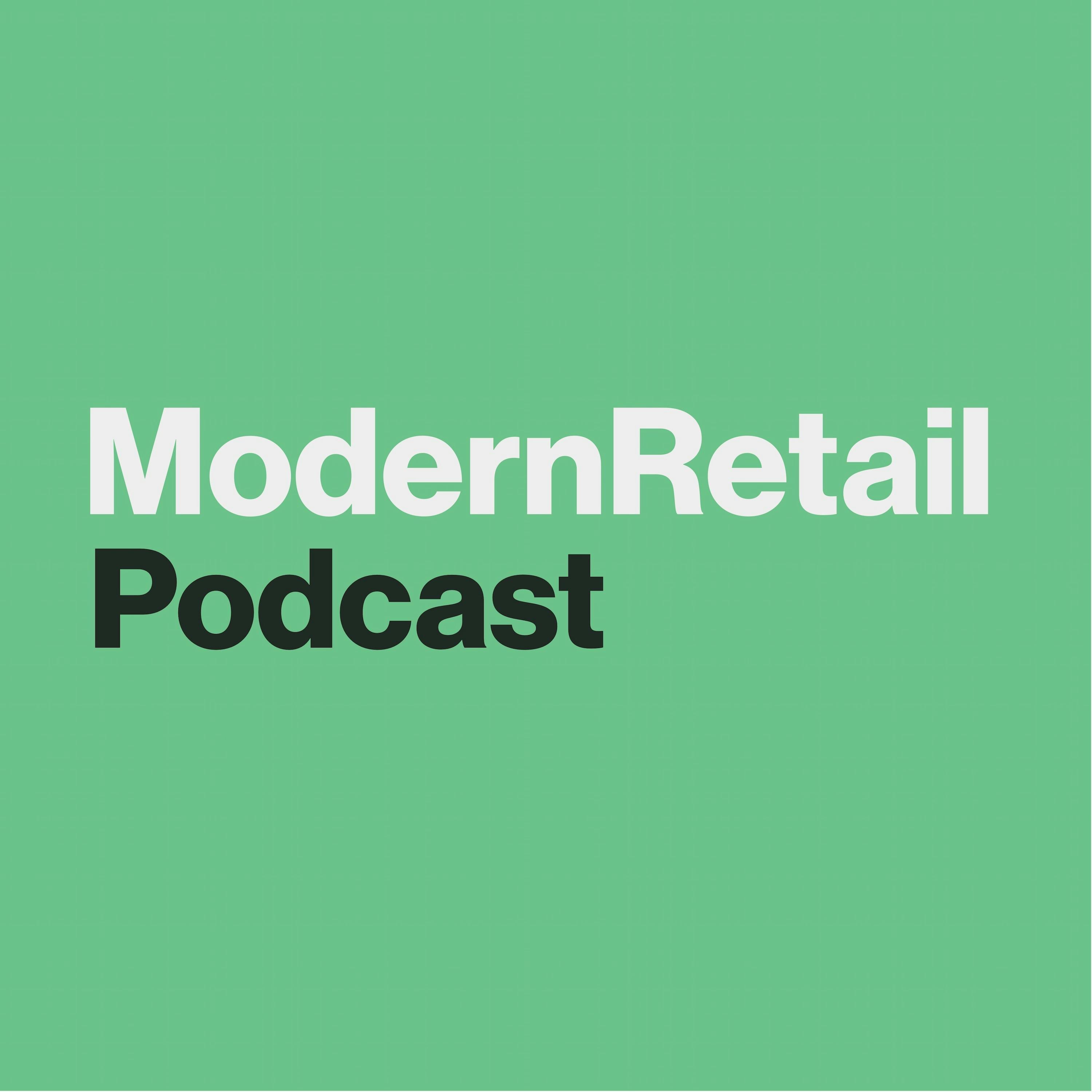
The Modern Retail Podcast
Digiday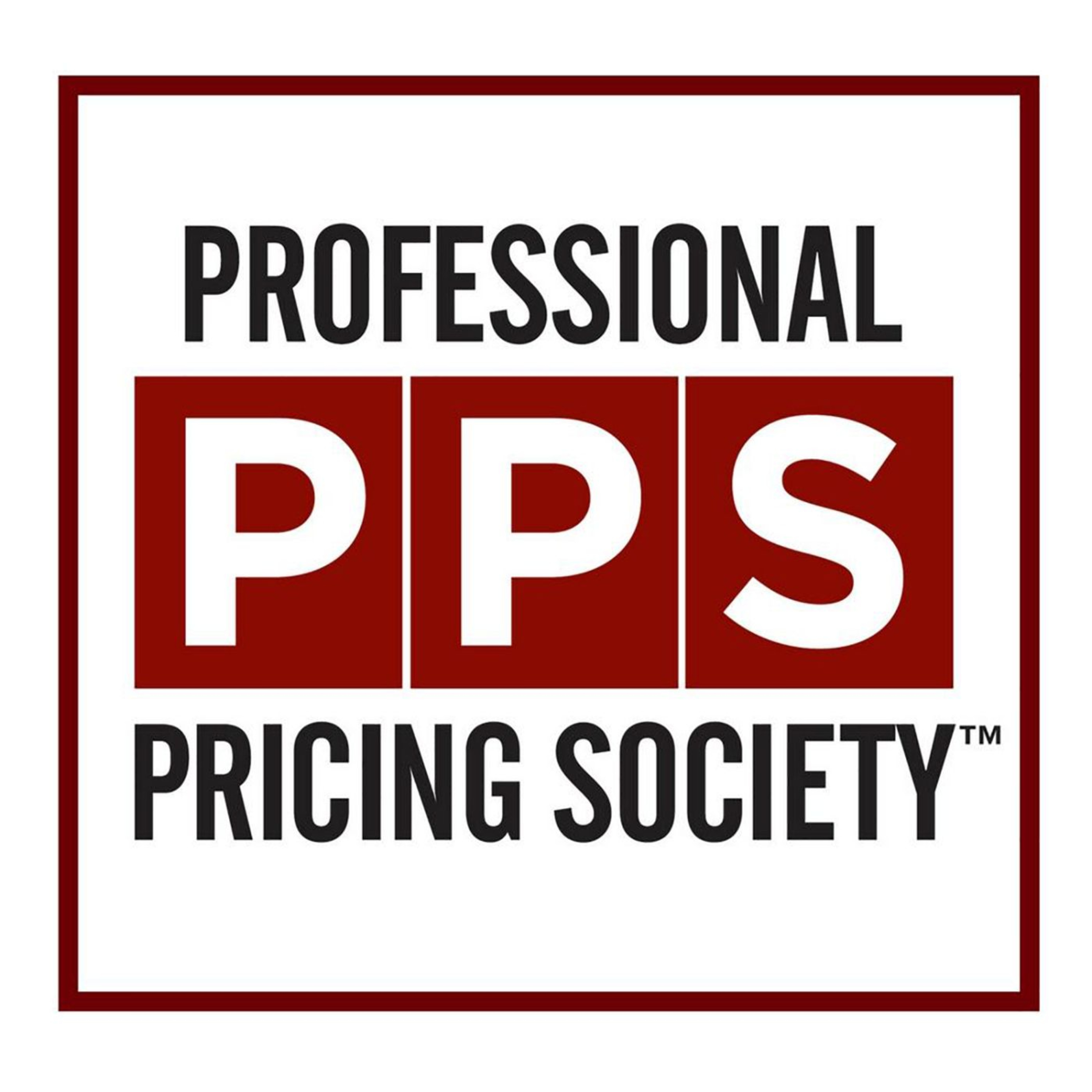
Let's Talk Pricing Podcast
The Professional Pricing Society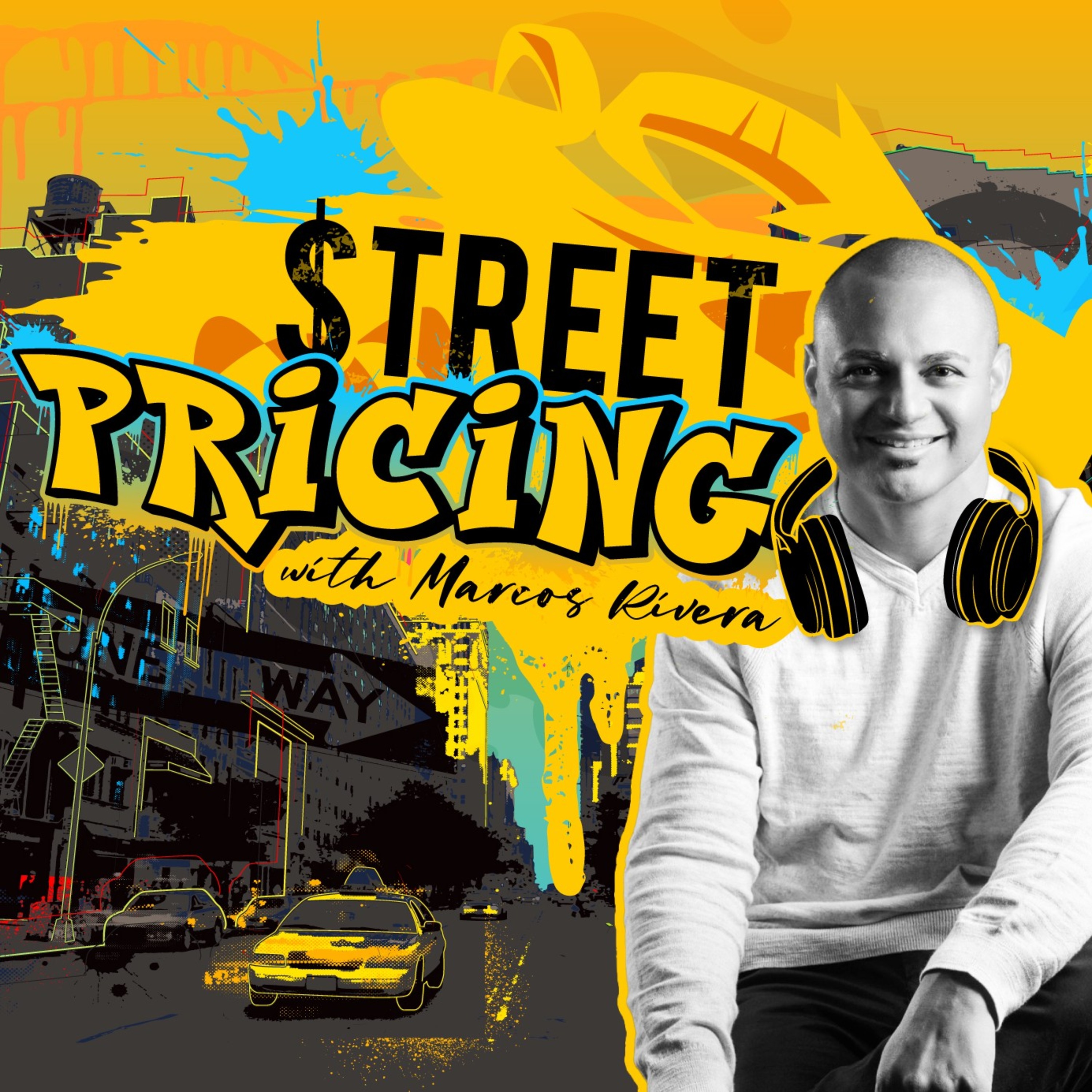
Street Pricing with Marcos Rivera
Marcos Rivera
Rooted in Retail
Crystal Vilkaitis
The FMCG Guys
Dwyer Partners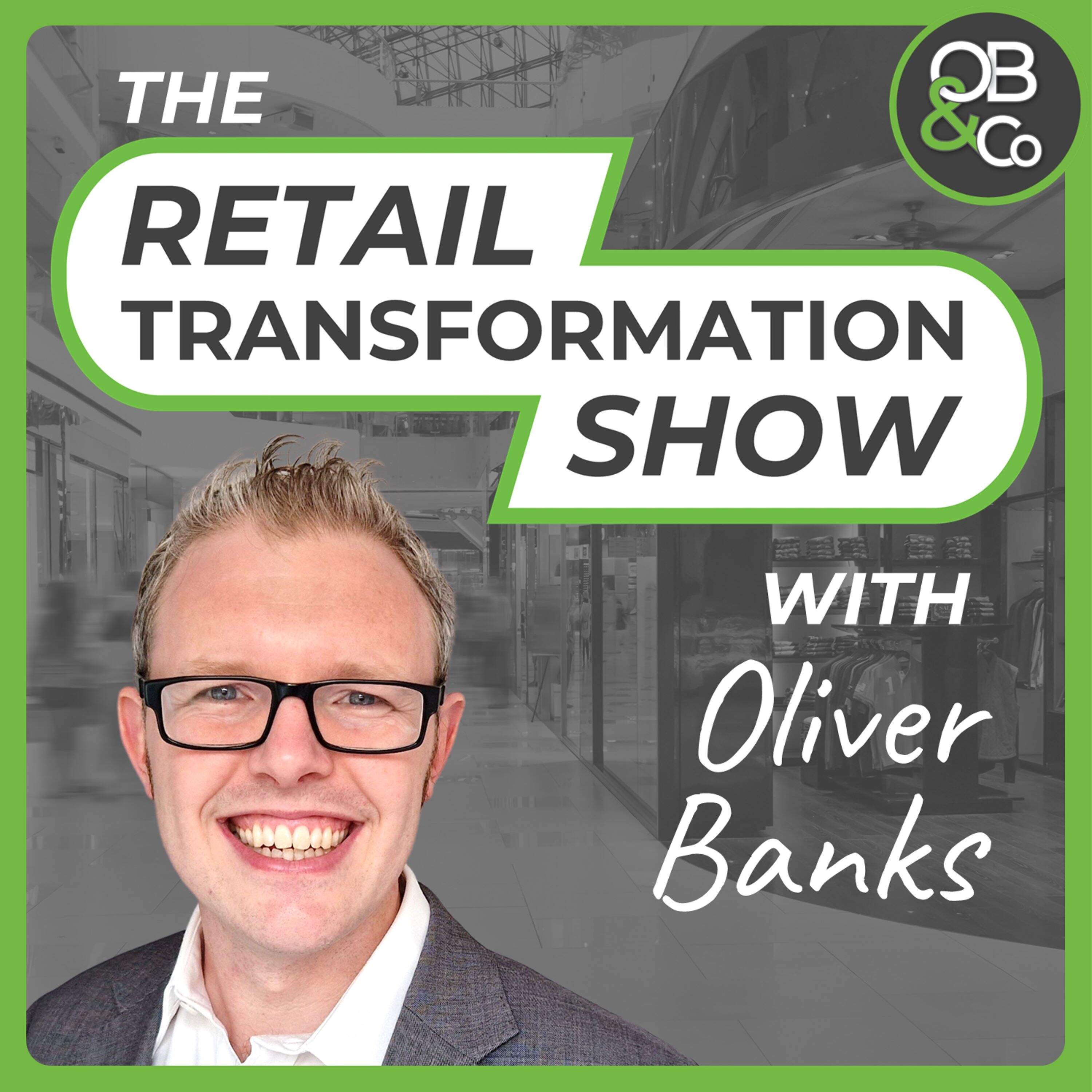
Retail Transformation Show with Oliver Banks
Oliver Banks